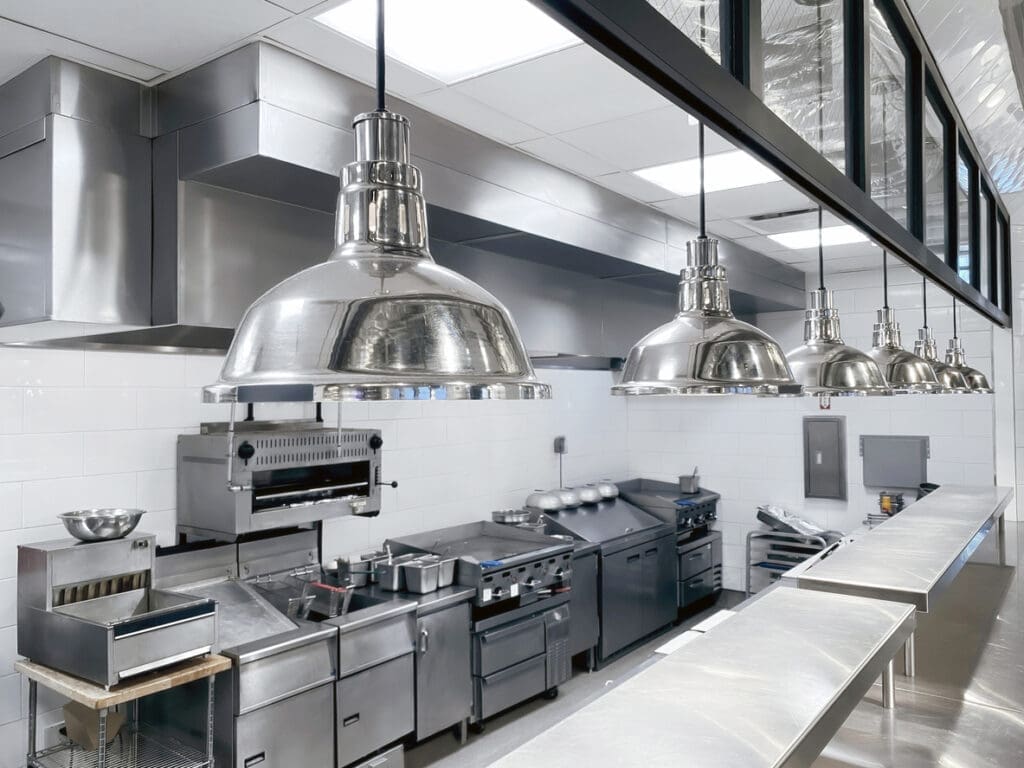
Do you want to learn more about grease pit cleaning needs? Whether you have used a grease pit for years or just installed one, it’s important to know how to clean your grease pit for your own safety and that of your community. If you want to learn more about this device and how to maintain it, read on!
What is a Grease Pit?
Before we focus on how to conduct grease pit cleaning, it’s crucial to establish what a grease pit is. A grease pit, otherwise known as a grease trap or grease interceptor, is a device that separates grease from water when disposing of wastewater. These devices are most often installed in restaurants and commercial kitchens since they handle large quantities of greasy foods as they cook.
Grease pits’ purpose stems from the fact that oil and water never mix. They are unable to do so due to their different densities. As such, because grease doesn’t blend with water, local treatment plants are unequipped to treat wastewater containing grease. Letting fats, oils, and grease—also known as FOG—into the sewer system also introduces another problem: grease cools down and solidifies at higher temperatures than water, so it is possible for grease to solidify and build up in the middle of pipes. This can lead to blockages and overflow in the kitchen’s plumbing.
In order to prevent grease from contaminating the wastewater and building up in the pipes, kitchens install grease pits. When staff members go to throw out wastewater, the grease becomes trapped in the device, and the rest of the water safely flows into the sewer waste system.
Types of Grease Pits
Although all grease pits share a common purpose, there are a few different types of them. They fall into two main categories: hydromechanical grease interceptors (HGIs) and gravity grease interceptors (GGIs). Let’s review some of the main ways they differ:
- Location: Whereas HGIs can be installed inside, GGIs are always found outside. Despite this difference, both types can be installed above or below ground.
- Measuring Capacity: The capacities of each type of grease pit are measured differently. HGI capacity refers to the volume of wastewater flowing through the device per minute (typically 20–50 gallons per minute), and GGI capacity is measured by the tank size (1000 to 4000 gallons).
Why Grease Pit Cleaning is Essential
Since the purpose of the grease pit is to trap FOG inside, the grease builds up within the device over time. If the grease pit goes uncleaned for long periods, it will stop working correctly, and FOG will end up flowing into local sewer lines. Not only is this less than ideal for your kitchen, but it also can put you in violation of local sewage regulations. If you are a NOLA native, click here for more information about grease interceptor laws near you.
Your Guide to Grease Pit Cleaning
It’s clear that keeping your grease pit clean is a no-brainer. However, though it might seem straightforward, it is vital to conduct the proper research on how to safely clean the trap out. Listed below are several ways to avoid common cleaning mistakes!
Clean Your Grease Pit Often
It’s easy to assume that your grease pit only needs to be cleaned when full of FOG. Not so! Going too long without cleaning the grease interceptor may cause it to develop strong odors or clogs. In the most serious of cases, it may even become damaged.
To combat this, set a schedule for how often cleaning needs to take place. The cleaning schedule will depend on your grease pit’s model, but in most cases, cleaning it every eight to twelve weeks prevents the accumulation of too much FOG. Your grease pit will thank you!
Run Cold Water through the Trap
Some grease pit owners believe that running hot water or chemicals through their device will naturally deteriorate the build-up inside of the trap, leaving it clean. As it turns out, grease pit cleaning is a bit more complicated than that. Hot water can temporarily dislodge some gunk from the trap, but it doesn’t compare to a deep clean. Chemicals, meanwhile, should never be put down the grease pit. At best, they make no difference in the FOG build-up. At worst, they may weaken the interceptor, enter the sewage system, and pose a risk to the local environment.
Instead, run cold water through the grease pit before cleaning it out to avoid these challenges. Letting the water sit in the system for ten minutes before cleaning more deeply will dislodge the grease, making it easier to remove later.
Hire a Crew You Can Count On
Cleaning out a grease pit is an intensive process. While DIY-ing your own cleaning solution may seem tempting, it’s important to remember that taking care of a grease pit requires specific PPE and tools to keep you safe and your trap sanitary. After all, there are few things more frustrating than trying to take care of a job yourself, only to end up damaging your equipment further. Ultimately, you’ll end up costing yourself more time and money than necessary.
Because of that, it’s best to rely on a professional cleaning company to clean your grease pit. Look up grease trap cleaning companies near you in order to learn more.
Hire Goodbee for Your Kitchen’s Plumbing Needs
If your kitchen is located in Louisiana and is in need of repairs, then look no further than Goodbee Plumbing and Drains! While we don’t clean grease pits, we will happily assist you with drain cleaning, water treatment, plumbing inspection and repairs, and more. We pride ourselves on treating our clients like family, and we always prioritize friendliness and professionalism. If you have any plumbing needs in the kitchen and beyond, we’re the company for you!
Want to get in touch with us? Give us a buzz to learn more about our services! We look forward to hearing from you soon.
